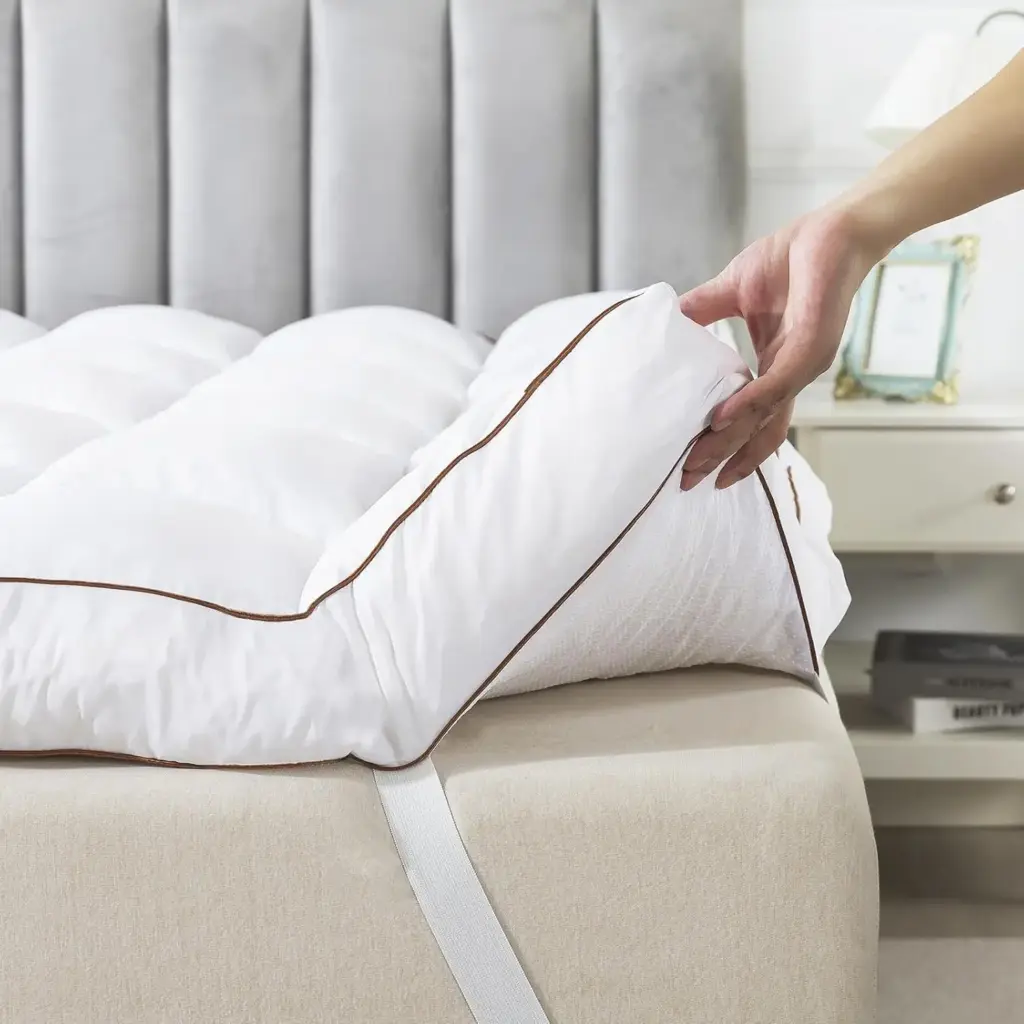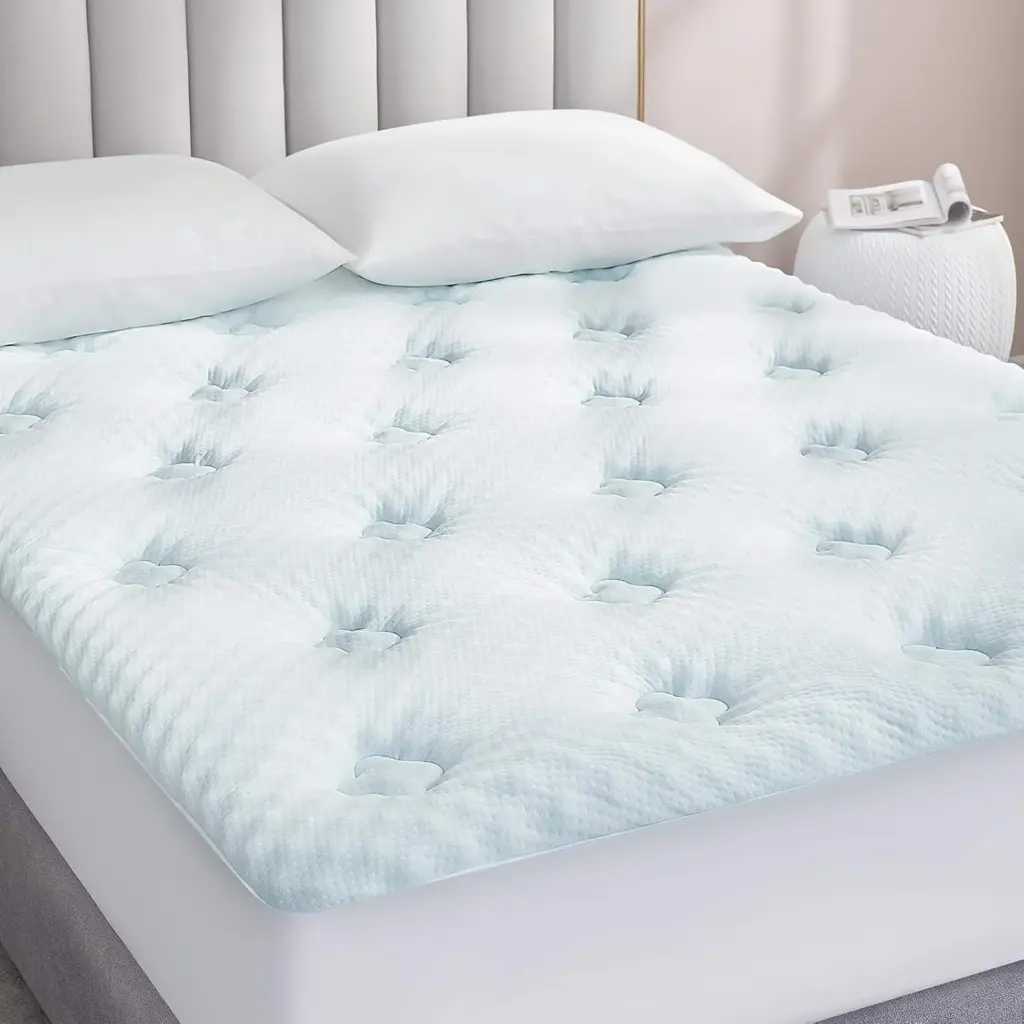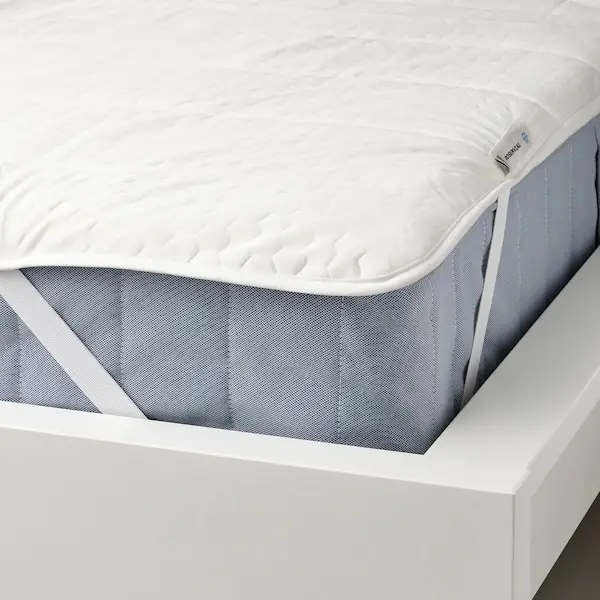Your mattress plays a vital role in your sleep quality, spinal health, and overall well-being. Yet many people sleep on the same mattress far beyond its recommended lifespan—sacrificing comfort and hygiene in the process.
So, how often should you replace your mattress? The answer depends on its type, quality, usage, and visible wear. This guide helps you determine the ideal replacement cycle and the warning signs that it’s time for a new one.
Average Mattress Lifespan by Type
The longevity of a mattress depends largely on the materials used and the construction quality. Below is a general guide by type:
| Mattress Type | Expected Lifespan |
|---|---|
| Innerspring Mattress | 5–7 years |
| Memory Foam Mattress | 7–10 years |
| Latex Mattress | 8–12 years (natural latex may last longer) |
| Hybrid Mattress | 7–10 years |
| Airbed (with foam top) | 6–8 years |
High-quality materials and proper care can extend lifespan, but comfort degradation often begins sooner.
6 Signs It’s Time to Replace Your Mattress
Even if your mattress hasn’t reached its age limit, certain symptoms indicate it’s time for a replacement:
▸ 1. Sagging or Uneven Surface
Visible dips or lumps affect spinal alignment and sleep quality.
▸ 2. Increased Aches and Pains
Waking up with stiffness or back pain may signal a lack of support.
▸ 3. Poor Sleep Quality
If you toss and turn or frequently wake up during the night, your mattress may no longer be effective.
▸ 4. Allergy Flare-Ups
Old mattresses accumulate dust mites, mold, and allergens over time.
▸ 5. Noise or Creaking (for innerspring types)
Unstable coils or broken components reduce support and can disrupt sleep.
▸ 6. Mattress Age Exceeds Lifespan
If your mattress is over 8–10 years old, consider an upgrade—especially if comfort has declined.

Factors That Affect Mattress Lifespan
Several factors can shorten or extend your mattress’s usable life:
- Frequency of Use: Guest beds may last longer than daily-use mattresses
- Body Weight & Sleep Style: Heavier bodies compress materials faster
- Foundation Support: Using a proper bed base helps maintain structure
- Material Quality: Natural latex and high-density memory foam last longer
- Maintenance: Regular rotation, proper cleaning, and using protectors extend longevity
How Often Should You Change a Mattress in Special Settings?
🏨 Hotels & Hospitality
- Recommended replacement cycle: 3–5 years
- Frequent turnover and high guest volume accelerate wear
- Hygiene and guest experience standards require more frequent replacement
🧒 Children & Teens
- Mattresses may be outgrown in size or support every 5–7 years
- Consider allergen-resistant and washable options
🧓 Elderly or Medical Use
- Prioritize pressure-relieving support
- Replace at the first sign of compression or discomfort
Mattress Replacement vs. Mattress Topper
Sometimes, a mattress topper can extend the life of your current mattress—especially if it’s too firm or lacks softness. However:
- If the mattress has structural sagging or support loss → time to replace
- If only comfort is lacking and support remains → a topper may help short-term
relation product:300TC Polyester Air Layer Mattress Topper

Conclusion
In general, you should replace your mattress every 7 to 10 years, depending on the material, condition, and how well it’s maintained. Don’t wait until pain, allergies, or sleepless nights become the norm—your sleep environment directly impacts your health and productivity.
A well-timed mattress replacement can transform your sleep, posture, and overall wellness. Invest wisely—and sleep better.


Leave a Reply